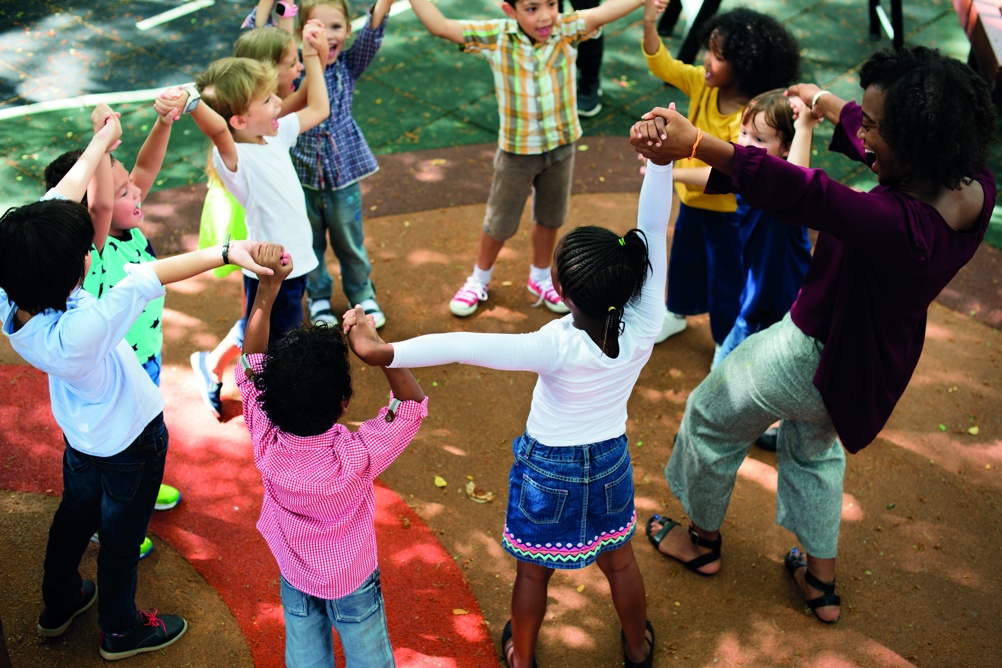
Many young children love the times when they come together in a group. For example, my colleague's daughter Tania loves circle time at her nursery. They have fun singing songs and learning rhymes. It came as something of a shock to Tania – and her mother – when the nursery decided to end its daily circle time.
Could circle time, once popularised for developing children's speaking and listening, be going out of fashion?
Before we consider this question, we need to be clear about what we mean by circle time.
EFFECTIVE CIRCLE TIMES
The term was coined by Jenny Mosley and relates to a carefully thought-out and specific approach to group times. Mosley calls this ‘Quality Circle Time’. It has a clear set of protocols and rules:
Register now to continue reading
Thank you for visiting Nursery World and making use of our archive of more than 35,000 expert features, subject guides, case studies and policy updates. Why not register today and enjoy the following great benefits:
What's included
-
Free access to 4 subscriber-only articles per month
-
Unlimited access to news and opinion
-
Email newsletter providing activity ideas, best practice and breaking news
Already have an account? Sign in here









